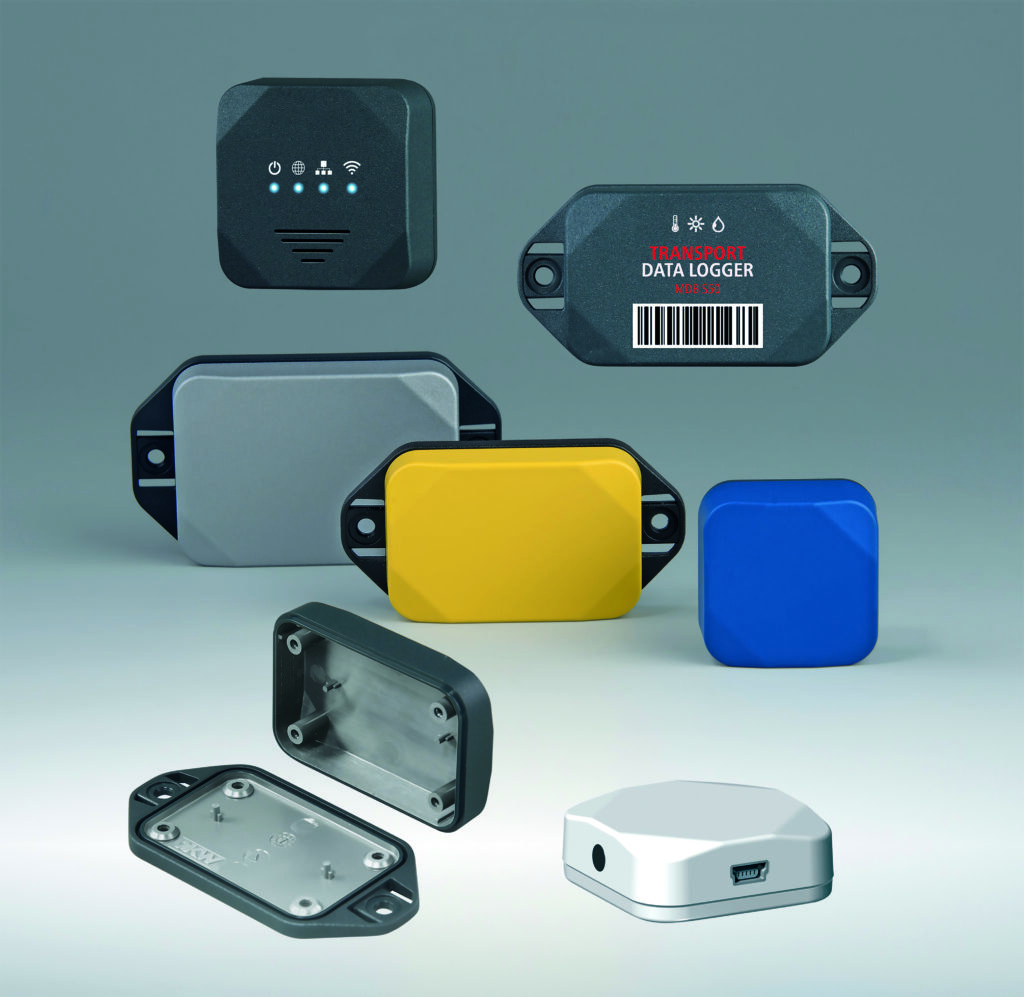 OKW Enclosures’ VP marketing, Robert Cox, explains how good enclosures encourage potential customers to view, try and buy a product, while bad ones could put them off
OKW Enclosures’ VP marketing, Robert Cox, explains how good enclosures encourage potential customers to view, try and buy a product, while bad ones could put them off
Electronic enclosures should never be an afterthought. Quite the opposite—it’s the first thing end users will see and touch. Enclosures should always be specified before the PCB size and layout is finalized. That may seem counterintuitive—given attention has probably focused on circuitry—but there are sound benefits to this strategy.
It gives engineers a target to aim for. It may be possible to specify a smaller enclosure, making the product more compact, convenient and desirable. Going ‘enclosure first’ may also offer design advantages not previously considered. It can reduce costs and time-to-market.
Prioritizing enclosure specification early in the design process also gives access to a wider range of standard housings because options will be more open at the start. Plus, the cost savings gained from specifying a smaller enclosure enables the best possible quality, enhancing the product’s aesthetics, ergonomics and robustness. Integrating the PCB layout into a chosen enclosure can reduce future machining requirements.
Key questions include how and where the device will be used? Will it be desk or wall mounted? Will it be handheld or body worn, in which case, ergonomics become more important?
Will the enclosure be plastic or metal? Plastic enclosures are light, tactile and easy to assemble because they tend to comprise fewer sections. Special features such as battery compartments or recesses for membrane keypads can be pre-molded.
Extruded aluminum enclosures are tough, light and look modern—perfect for high-end electronics. They offer excellent RFI/EMI shielding and can be cut to length, making custom sizes easier to manufacture. Enclosures such as OKW’s Synergy and Smart-Terminal combine the benefits of aluminum and plastic.
Another consideration concerns interfaces and controls. Some more advanced enclosures have an off-center split line. This creates large flat areas on the sides for mounting buttons, connectors and LEDs.
How will the device be powered? Cable connection or batteries? Plastic enclosures offer the best solution for battery-powered devices (AAA, AA, 9V, N and round cells) because the compartment can be pre-molded. Some battery compartments offer a choice of cradles.
Battery contacts must conform to DIN EN 60601 to avoid short circuits should the cells be inserted wrongly. The polarity of the cells must be molded into the compartment floor. Some applications—such as medical electronics—require the battery compartment lid to be screw secured to prevent tampering.
How will your enclosures be assembled? Some, such as OKW’s Smart-Panel, clip together. The two sections remain securely fixed together but can be separated quickly and easily using a special tool set supplied as an accessory. Many OKW enclosures are now assembled using tamperproof Torx screws. Again, this is a requirement for medical devices.
OKW Enclosures’ VP marketing, Robert Cox, said: “There’s a huge range of standard enclosures to choose from, so it’s important to start early and to get expert advice from a specialist enclosure manufacturer.
“Many of today’s advanced standard enclosures are very application specific. This makes it much easier to narrow down the choice early on. It also saves time and money because less customization will be needed.”
Customizing a standard plastic enclosure is always quicker and more cost-effective than opting for a bespoke one. Virtually every standard enclosure will need some form of customization: machining apertures for controls and interfaces; custom colors for branding; printing or laser marking of legends and logos.
Fortunately, new technology has made customization faster and less costly, making it viable for even small volumes of enclosures. CNC machining gets more advanced every year and digital printing requires shorter set-up times, producing photo-quality graphics, consecutive barcodes and numbering in a fraction of the time once needed.
www.okwenclosures.com
